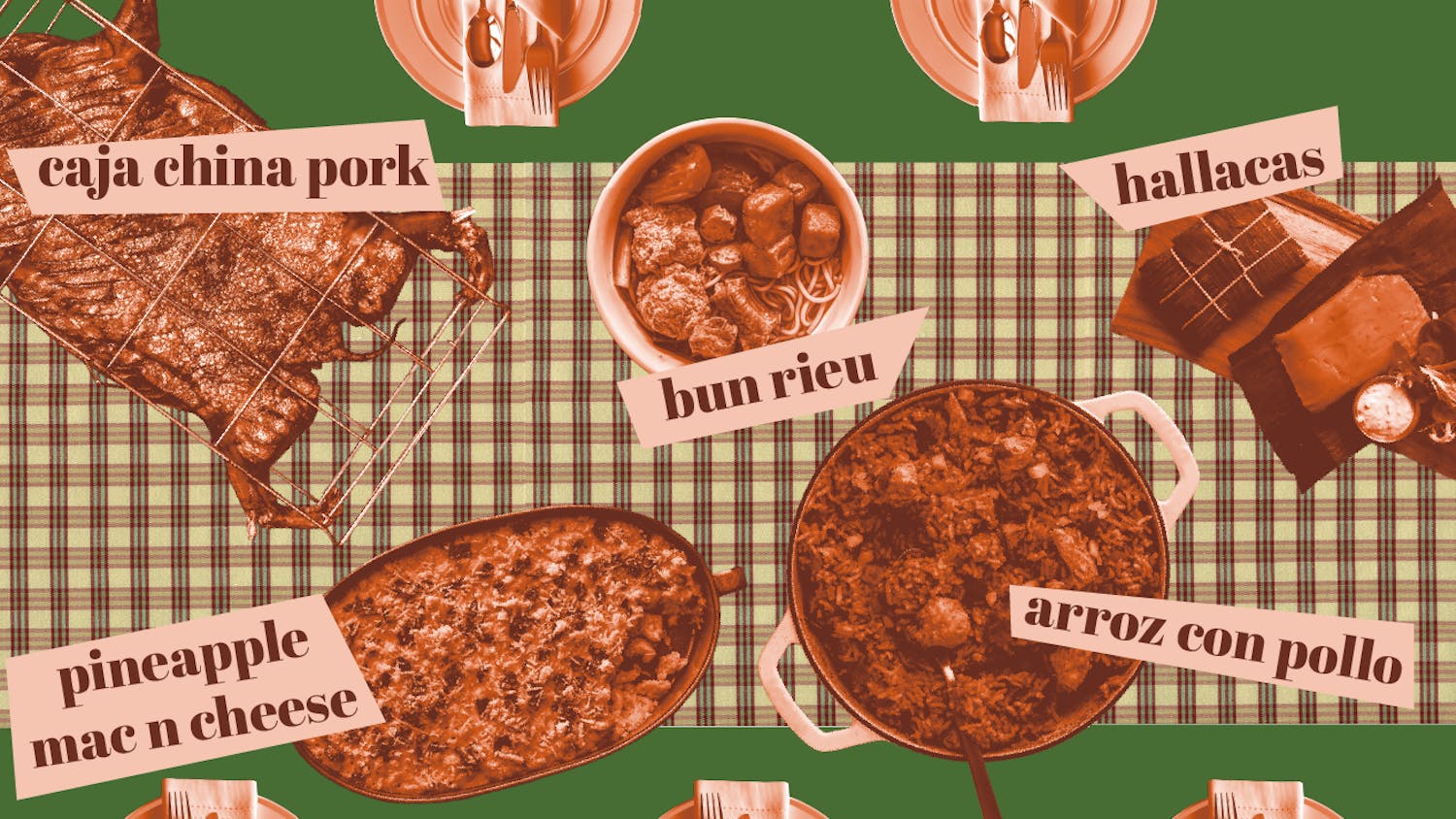Recipes are, on one hand, an instruction manual with directions or instructions on how to make something and also a narrative with engaging prose or a story that elevates the procedure into something else entirely.
Like directions on how to assemble an ice cream maker or build a bookshelf, most recipes instruct an addressee in a coherent, clear layout, often with steps broken down into numbers or bulleted points in chronological order.
Yet, recipes are different than other instruction manuals. Let’s make a comparison.
Compare the following instructions: (1) instructions on how to set up a network security key for your computer (from Windows) and (2) a recipe from a Duncan Hines cake mix.
Recipes, like instruction manuals, typically use imperative or command tense such as “bake” or “mix.” These may be offset from the rest of the directions by font styling with all caps (like example 2), made bold, italicized or underlined.
Also, like instruction manuals, there is an implicit subject and does not make direct reference to the reader. Indeed, from its Latin root recipere, recipe means “take!”
We often do not want to wade through dense text to find out how to set up a wireless network or to bake a cake for that matter.
However, we are more willing to invest effort and time reading a recipe than in other procedural discourse. Some admit to having a cookbook on their bedside table. Why? We put more in because we get more out, especially with recipes that have an explanatory, prose-based layout, as in (3) below.
Good recipes go beyond the basic mechanics of cooking: they enable the reader/cook to know what to look for during and after the cooking process. Parenthetical explanations provide reasons or additional descriptions about the desired results, increasing our understanding of the cooking process. They build credibility in the recipe as an attempted and successful procedure. So, thanks to the recipe writer’s previous attempts, if we want runnier yolks, then we know to cook a minute less. We understand more the why than just the how.
Other recipes have prose that conjures up scenes in the reader’s mind, such as “I remember, when I was in the south of Italy, eating eggplant that had been roughly chopped, sprinkled with dried wild oregano, doused with olive oil, and then roasted with a little garlic and a lot of red onion,” according to Nigella Lawson.
The reader is able to imagine Italy and taste the vegetables voyeuristically through the narrative. Even without precise quantities or detailed cooking instructions, the recipe is able to inspire the reader with novel possibilities proposed and new techniques for cooking and presenting a dish. And beyond the content level, we have a sense of the personality of the writer and the world from which the recipe originates.
Recipes may be the best manual of all in that even if you don’t follow all the steps, it doesn’t mean you won’t have success. In fact, the recipe may be even better.
1 Installing a Network Security Key
1. Open Network and Sharing Center by clicking the Start button Picture of the Start button, and then clicking Control Panel. In the search box, type network and then click Network and Sharing Center.
2. Click “Set up a new connection or network.”
3. Click “Set up a new network, and then click Next.”
2 Cake Box Directions
1. Preheat oven to 350 F for metal or glass pans, 325 F for dark or coated pans*. Grease sides and bottom of each pan with shortening or oil spray. Flour lightly. (Use baking cups for cupcakes).
2. Blend cake mix, water, oil and eggs in large bowl at low speed until moistened (about 30 seconds). Beat at medium speed for two minutes. Pour batter in pans and bake immediately.
3. Bake following chart below. Add 3 to 5 minutes to bake time for dark or coated pans. Cake is done when toothpick inserted in center comes out clean. Cool in pan on wire rack for 15 minutes. Cool completely before frosting.
Remove the eggs from the boiling water and plunge them into a bowl of ice water to stop the cooking. When the eggs are cool (this doesn’t take very long), tap the shells on the counter to crack them, then return the eggs to the ice water.
This will allow the cold water to seep between the eggs and the shells, making the eggs easily peelable. The eggs will be firm but with a moist, soft yolk.
[A version of this story ran on page 12 on 7/3/2014 under the headline "Recipes: The instruction manuals you actually want to read"]




